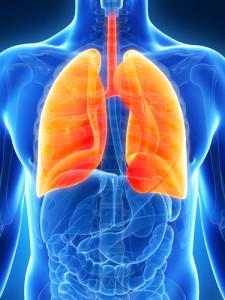 In addition to curing a disease, slowing disease progression, or repairing damage, one of the hallmarks of groundbreaking treatments for today’s most pressing health concerns is the degree to which a therapy can improve a patient’s health-related quality of life (HRQoL). Recently, a group of researchers from Sao Paulo, Brazil published a report on a study that sought to establish the efficacy of aiming for improvement of HRQoL in improving disease outcomes, particularly in pulmonary arterial hypertension (PAH). The report is available in Health and Quality of Life Outcomes journal.
In addition to curing a disease, slowing disease progression, or repairing damage, one of the hallmarks of groundbreaking treatments for today’s most pressing health concerns is the degree to which a therapy can improve a patient’s health-related quality of life (HRQoL). Recently, a group of researchers from Sao Paulo, Brazil published a report on a study that sought to establish the efficacy of aiming for improvement of HRQoL in improving disease outcomes, particularly in pulmonary arterial hypertension (PAH). The report is available in Health and Quality of Life Outcomes journal.
PAH is a life-threatening condition that is roughly estimated to affect 1-2 cases per million people in the US based on multi center patient registries, but this number is largely undercounted, as PAH symptoms resemble other cardiopulmonary affectations. Eventually, the constant increased blood pressure in the pulmonary vasculature causes right-sided heart congestion, which can seriously reduce QoL and lead to heart failure. Today, PAH is known to have a 5-year survival rate of 57%.
Rogério Souza and his colleagues from the University of Sao Paulo Medical School designed their study to evaluate patient outcomes based on the physical component score (PCS) of the Short-Form 36 Health Survey (SF-36), which according to them may serve as a standard in recommended treatment-to-target strategies for PAH cases.
[adrotate group=”4″]
The study involved 54 participants recently diagnosed with PAH. They discovered those patients with a baseline PCS of 32 showed significantly better disease outcomes compared to those who were determined to have a lower PCS. During a follow-up after 16-weeks of therapy, those with a median PCS of 38 had better survival rates.
The group clarified that the changes in the participants’ PCS at follow-up were not necessarily indicative of survival, but suggests striving for a set PCS threshold is more effective than merely aiming to increase the score to evaluate one’s prognosis.
Additionally, the report confirmed a similar pattern with the 6-minute walking test (6MWT). This assessment was performed during the same follow-up at 16-weeks post-treatment, and revealed a significant improvement from a baseline of 414 meters to 440 meters. These findings were accompanied by self-reports of improvements in SF-36 domains, and PCS and mental component scores.
The researchers are in agreement that while there is an immeasurable need to continue developing new treatments and diagnostics for PAH, studies and clinical evaluations should base their strategies largely on the improvement of HRQoL as it can help boost survival and patient compliance.

